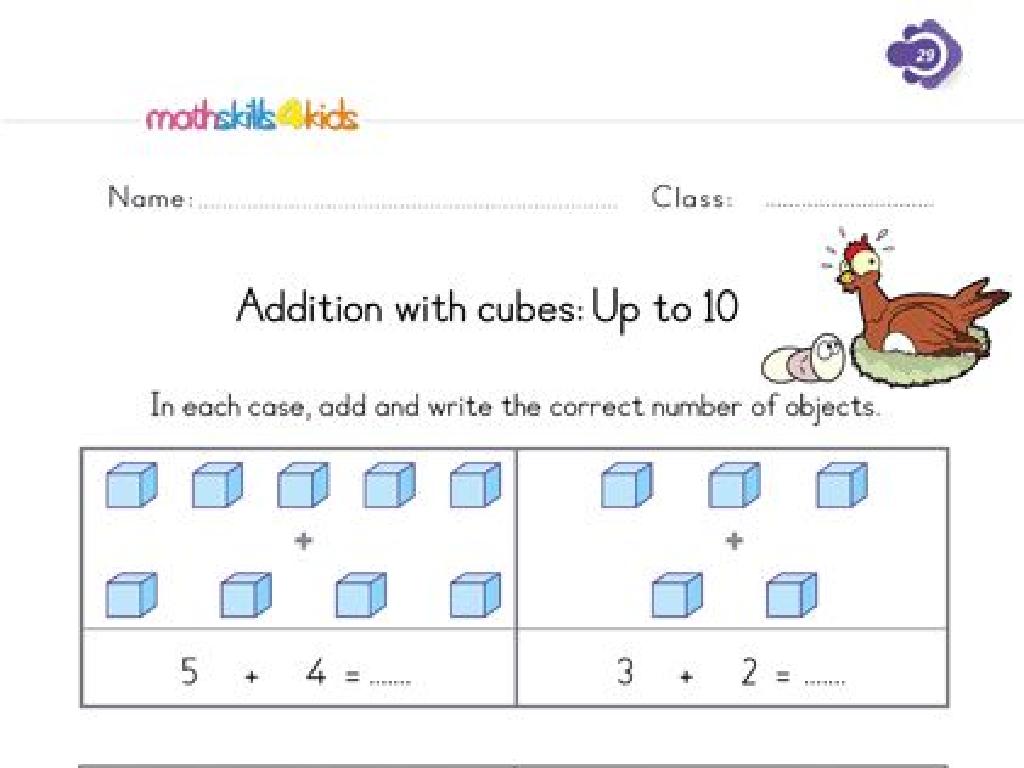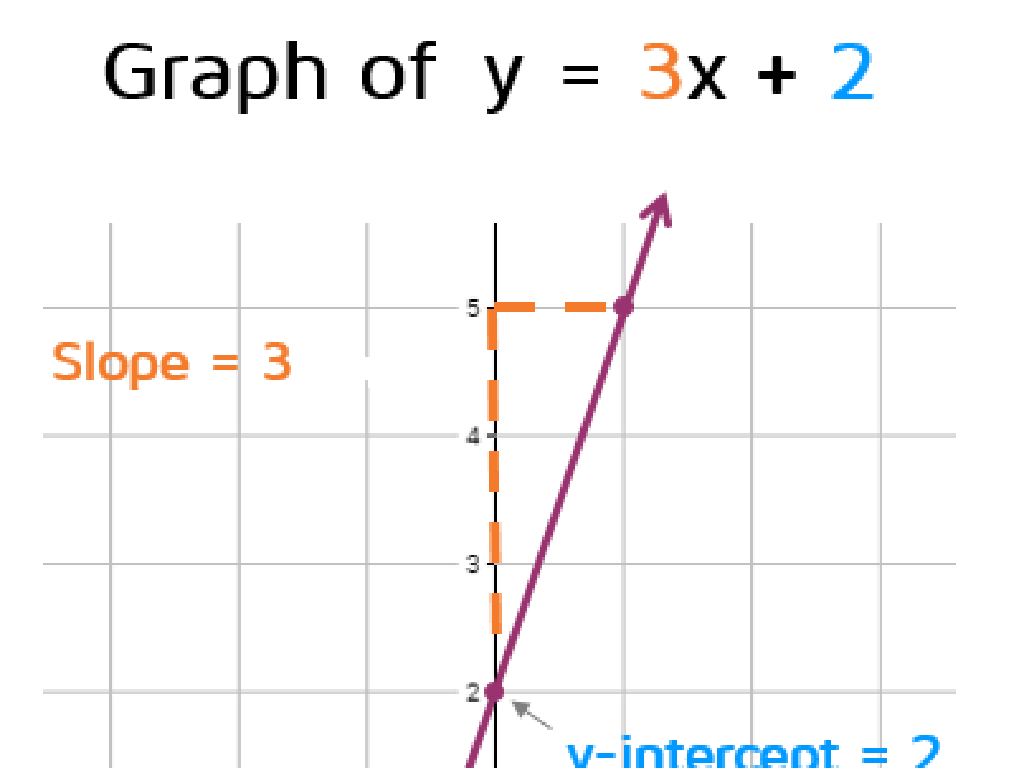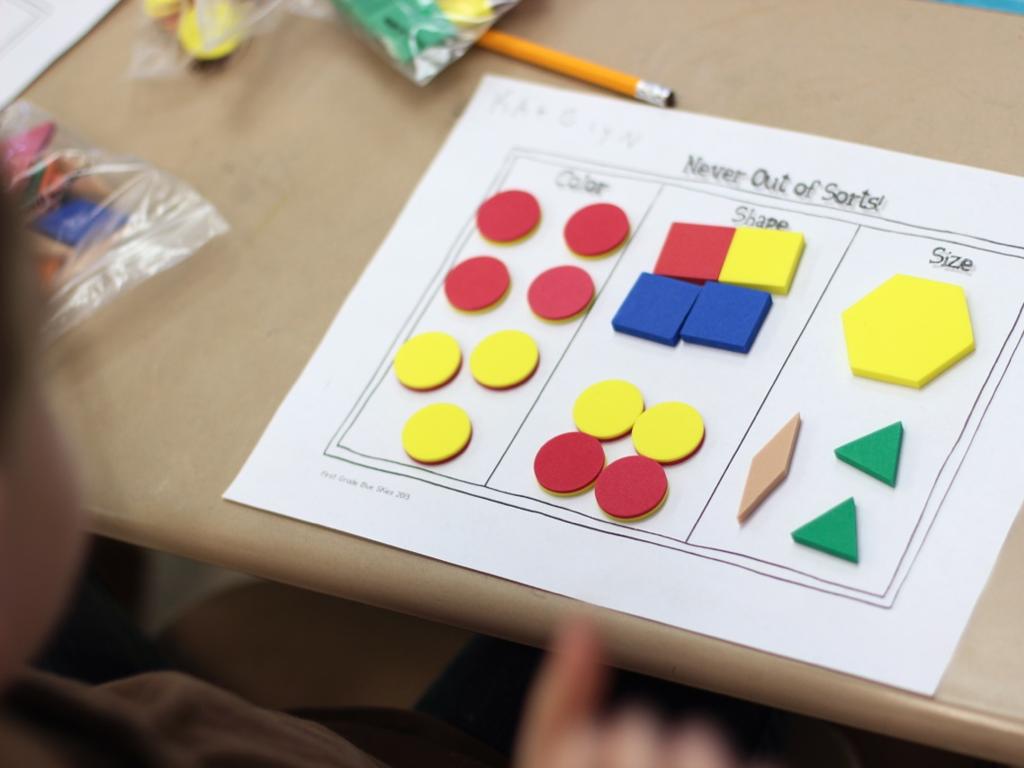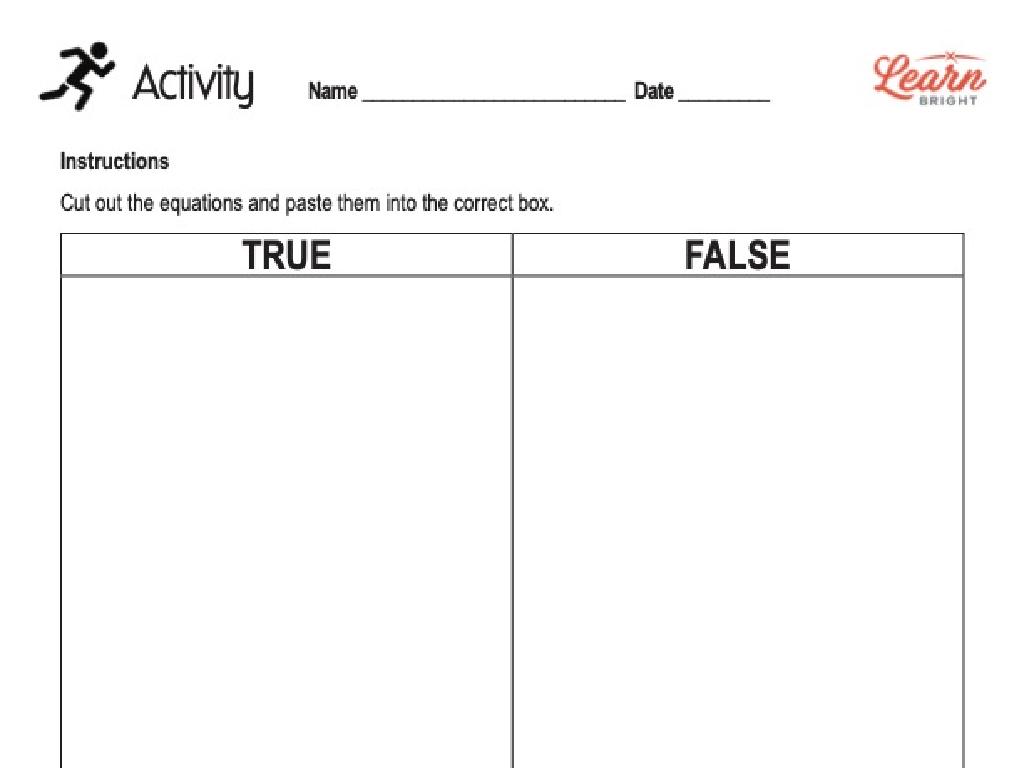The Great Depression: Part I
Subject: Social studies
Grade: Fifth grade
Topic: 20Th Century American History
Please LOG IN to download the presentation. Access is available to registered users only.
View More Content
Exploring The Great Depression – Part I
– What was The Great Depression?
– A severe worldwide economic downturn in the 1930s.
– Impact on America’s society
– It led to widespread unemployment and poverty.
– Key causes of The Great Depression
– Factors like the stock market crash of 1929 played a big role.
– Learning from history
– Understanding past hardships helps us prepare for the future.
|
This slide introduces students to The Great Depression, a significant event in 20th century American history. Begin by explaining what The Great Depression was, emphasizing its status as a severe economic crisis. Discuss the societal impacts, such as unemployment and poverty, and how they affected families and communities. Explore the key causes, including the stock market crash and subsequent bank failures, to give students a sense of the complexity behind economic collapses. Highlight the importance of learning from historical events to prevent similar occurrences in the future. Encourage students to think critically about how history can inform our decisions today.
Understanding The Great Depression
– A severe global economic crisis
– It was a time when the economy failed and many people lost their jobs.
– Began in 1929, ended in late 1930s
– It started with the stock market crash on October 29, 1929, also known as Black Tuesday.
– The longest depression of the 20th century
– It affected many countries for over a decade, causing widespread poverty and unemployment.
|
This slide introduces students to The Great Depression, emphasizing its severity and duration. It’s important to convey the scale of the economic impact and how it touched lives across the globe. The Great Depression began with the infamous stock market crash of 1929 and stretched throughout the 1930s, making it the most prolonged economic downturn of the 20th century. When discussing this topic, provide context by comparing it to more familiar economic concepts, such as a local business closing, to help students grasp the widespread effects. Encourage students to think about how such an event might impact their own community and family.
Causes of The Great Depression
– Stock Market Crash of 1929
– A sudden, severe drop in stock prices affected many Americans’ finances.
– Bank Failures
– Many banks closed, people lost their savings, causing fear and less spending.
– Reduction in Purchasing
– People bought fewer goods, leading to less production and job losses.
– The Dust Bowl
– Severe drought and dust storms ruined crops, adding to economic hardship.
|
This slide aims to introduce students to the complex causes of The Great Depression, starting with the Stock Market Crash of 1929, which led to a domino effect on the economy. Bank failures followed as people panicked and withdrew their savings, which led to less money in circulation. With less money to spend, there was a reduction in purchasing, causing businesses to produce less and lay off workers. The environmental disaster known as the Dust Bowl exacerbated the situation by destroying agricultural production in many states. Use this slide to discuss how these events are interconnected and how they contributed to the longest and most severe economic downturn in modern history.
Life During The Great Depression
– High unemployment rates
– Many people lost jobs and couldn’t find new ones.
– Emergence of breadlines
– Breadlines were long lines of people waiting for food.
– Soup kitchens as relief
– Soup kitchens provided free meals to those in need.
– Families and children affected
– Hardships led to strong family bonds and resilience.
|
This slide aims to depict the harsh realities of life during the Great Depression. Unemployment soared as the economy collapsed, leaving many without a source of income. To combat hunger, breadlines and soup kitchens became common, serving as a symbol of the era’s widespread poverty. The impact on families was profound, with children often having to mature quickly to help their struggling parents. Despite these challenges, many families grew closer and developed a strong sense of resilience. Use this slide to discuss the social and emotional effects of the Great Depression on individuals and society as a whole, and encourage empathy and historical understanding among the students.
Government Response to the Great Depression
– Roosevelt’s New Deal
– A series of programs to help the nation recover
– Job creation and support initiatives
– Programs like the CCC and WPA were made to help people work
– Reforms across various sectors
– New laws to improve economy and prevent future depressions
– Impact on poor and elderly
– Social Security Act helped those in dire need
|
This slide focuses on the government’s response to the Great Depression, highlighting President Franklin D. Roosevelt’s New Deal. The New Deal was a series of programs and reforms designed to revive the U.S. economy and help Americans suffering from the depression. Emphasize the creation of jobs through programs like the Civilian Conservation Corps (CCC) and the Works Progress Administration (WPA), which provided work for the unemployed. Discuss the sweeping reforms that affected industry, agriculture, finance, and other sectors, aimed at stabilizing the economy and preventing future economic crises. Highlight the Social Security Act as a critical piece of legislation that provided support to the poor and elderly. Encourage students to think about how these changes might have affected people’s lives during the Great Depression.
The Great Depression in Pictures
– Photographs as historical evidence
– Images tell the Depression’s story
– Photos of long breadlines, dusty farms, and job notices
– Discussing our observations
– What details can we notice in these photos?
– Feelings evoked by the images
– Photos can make us feel sad, curious, or even hopeful
|
This slide aims to introduce students to the concept of using photographs as a way to understand history, specifically The Great Depression. Show a series of iconic photographs from the era, such as those by Dorothea Lange, to illustrate the impact of the economic downturn on American life. Encourage students to observe details in the images and discuss their thoughts and feelings. Ask them what they can infer about the time period from these images and how the people might have felt. This will help students connect emotionally with the historical event and develop empathy, as well as critical thinking skills.
Class Activity: Life During the Great Depression
– Imagine being a 1930s child
– Write a diary entry of your day
– Describe your feelings, activities, and the challenges you face
– Compare life then and now
– Think about technology, economy, and family life differences
– Share with the class
|
This activity is designed to help students empathize with children who lived during the Great Depression. They will use their imagination to write a diary entry as if they were living in the 1930s, which will help them understand the daily life and struggles of that era. Encourage them to think about the lack of modern conveniences, the economic hardships families faced, and how children their age might have contributed to their household. After writing, students will discuss how life back then differs from their current experiences, focusing on technological advancements, economic stability, and family dynamics. This will not only enhance their historical knowledge but also develop their critical thinking and empathy. Provide a list of potential diary entry topics, such as food, school, chores, and play, and offer guidance on how to structure their entries. Allow students to be creative and share their entries in small groups or with the entire class.
Reflecting on The Great Depression
– Recap of The Great Depression
– Remember the causes and effects we discussed.
– Relevance to today’s world
– Lessons learned can help prevent future crises.
– Looking ahead to Part II
– Understanding history’s impact
– Knowing our past shapes our future decisions.
|
As we conclude our journey through Part I of The Great Depression, it’s important for students to reflect on the key points we’ve covered, including the causes, the widespread impact, and the resilience of those who lived through it. Discuss why learning about this period is still relevant today, as it helps us understand economic challenges and the importance of community support. Encourage students to think critically about how history informs our present and future. Prepare them for Part II, where they will learn about the recovery and the eventual end of The Great Depression. This reflection will help solidify their understanding and make connections to the broader context of American history.






